
In which we continue our exhaustive look at One Hundred Years of Solitude by Gabriel Garcia Marquez.
- Subject:
- Arts and Humanities
- Literature
- Material Type:
- Lecture
- Provider:
- Complexly
- Provider Set:
- Crash Course Literature 3
- Date Added:
- 08/18/2016

In which we continue our exhaustive look at One Hundred Years of Solitude by Gabriel Garcia Marquez.
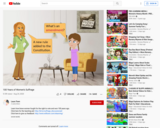
Learn how brave women fought for the right to vote and won 100 years ago.
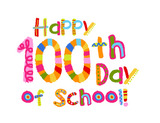
Students will bee able to celebrate the 100th day of school by bringing in a project representing it. They will also fill out a chart that has 100 blank squares for them to fill in.

Students will bee able to celebrate the 100th day of school by bringing in a project representing it. They will also fill out a chart that has 100 blank squares for them to fill in.
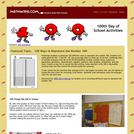
Resources to mark the 100th day of school with math activities. Challenge students to generate 100 different ways to represent the number 100. Students will easily generate 99 + 1 and 50 + 50, but encourage them to think out of the box. Challenge them to include examples from all of the NCTM Standards strands: number sense, numerical operations, geometry, measurement, algebra, patterns, data analysis, probability, discrete math, Create a class list to record the best entries. Some teachers write 100 in big bubble numeral style and then record the entries inside the numerals.
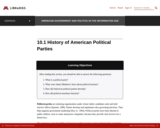
This lesson understand political parties and their origins.

Celebrating Open Community in the #YearofOpen
Word Count: 7407
(Note: This resource's metadata has been created automatically as part of a bulk import process by reformatting and/or combining the information that the author initially provided. As a result, there may be errors in formatting.)
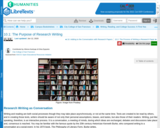
This source discusses the purpose of research writing.
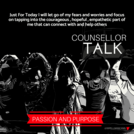
This is a resource that you can use online or in class. It is a great way to start a conversation with a student on the importance of just living for today.

This is a collection of suggested learning objectives, instructional resources, and "teachable moments" that can be used as the starting point for constructing a K-12 scope & sequence for Media Literacy & Digital Citizenship skills, as well as some Research skills. Or it can just be used to find lesson plans, etc., for teaching specific topics.

Includes two interactive slide decks that provide overviews of some of the most useful collections of instructional resources, one for grades K-5, the other for grades 6-12. There are many more resource collections out there: these are just the "greatest hits"! Also includes collections of questions that can be used to engage students in Media Literacy.

This slide deck provides a brief introduction to the subject areas of Media Literacy and Digital Citizenship, as well as links to organizations it's good to know about.
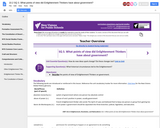
New Visions: Intro to Enlightenment
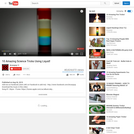
very usefull to understand liquid

Teachers of English language can use these slides for middle school B1 English learners to introduce 10 bizarre sport competitions. The duration of the lesson is 30 minutes.

These lesson plans and activities were repurposed by Raquel Fernández Romero and were previously drafted by Janine Darragh, Gina Petrie, and Stan Pichinevskiy who created them for K-12 English teachers in Nicaragua. Now the activity will be carried out in a 4th grade of Primary Education but the materials may be used and adapted for any country's specific context and needs.

These lesson plans and activities were developed by Janine Darragh, Gina Petrie, and Stan Pichinevskiy and were previously located on the Reaching for English app. Created for K-12 English teachers in Nicaragua, the materials may be used and adapted for any country's specific context and needs.

Discover the motivations, strategies, and success of the Crusade for Voters, a pathbreaking initiative that made possible the election of the first majority-Black city council in Richmond, Virginia, in 1977.
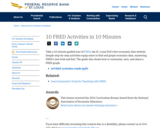
Take a 10-minute guided tour of FRED, the St. Louis Fed's free economic data website. Simple step-by-step activities equip users to find and graph economic data, mastering FRED's look and feel. The guide also shows how to customize, save, and share a FRED graph.
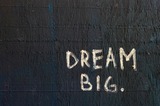
Attribution: College Matchpoint.